Doe/netl-2012/1540 Mobility And Conformance Control For Carbon Dioxide Enhanced Oil Recovery (Co2-Eor) Via Thickeners, Foams, And Gels - U.s. Department Of Energy Page 207
ADVERTISEMENT
 1
1  2
2  3
3  4
4  5
5  6
6  7
7  8
8  9
9  10
10  11
11  12
12  13
13  14
14  15
15  16
16  17
17  18
18  19
19  20
20  21
21  22
22  23
23  24
24  25
25  26
26  27
27  28
28  29
29  30
30  31
31  32
32  33
33  34
34  35
35  36
36  37
37  38
38  39
39  40
40  41
41  42
42  43
43  44
44  45
45  46
46  47
47  48
48  49
49  50
50  51
51  52
52  53
53  54
54  55
55  56
56  57
57  58
58  59
59  60
60  61
61  62
62  63
63  64
64  65
65  66
66  67
67  68
68  69
69  70
70  71
71  72
72  73
73  74
74  75
75  76
76  77
77  78
78  79
79  80
80  81
81  82
82  83
83  84
84  85
85  86
86  87
87  88
88  89
89  90
90  91
91  92
92  93
93  94
94  95
95  96
96  97
97  98
98  99
99  100
100  101
101  102
102  103
103  104
104  105
105  106
106  107
107  108
108  109
109  110
110  111
111  112
112  113
113  114
114  115
115  116
116  117
117  118
118  119
119  120
120  121
121  122
122  123
123  124
124  125
125  126
126  127
127  128
128  129
129  130
130  131
131  132
132  133
133  134
134  135
135  136
136  137
137  138
138  139
139  140
140  141
141  142
142  143
143  144
144  145
145  146
146  147
147  148
148  149
149  150
150  151
151  152
152  153
153  154
154  155
155 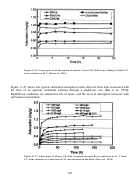 156
156 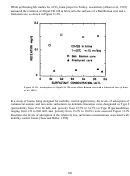 157
157 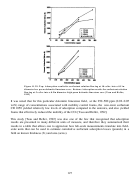 158
158  159
159  160
160 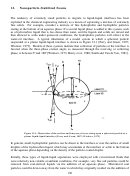 161
161 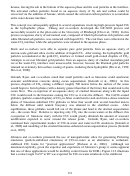 162
162  163
163 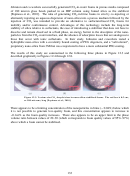 164
164 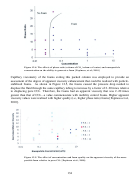 165
165 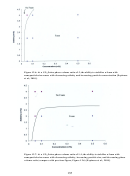 166
166 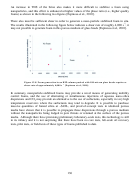 167
167  168
168  169
169 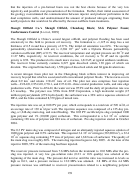 170
170  171
171 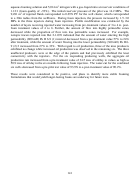 172
172 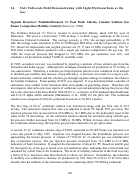 173
173  174
174 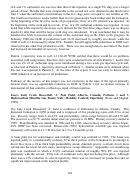 175
175 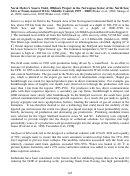 176
176 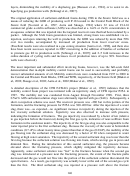 177
177 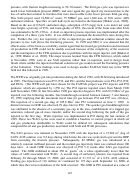 178
178  179
179 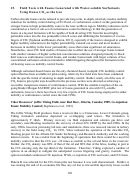 180
180  181
181 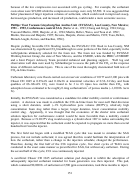 182
182 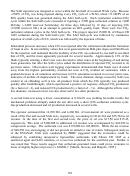 183
183  184
184 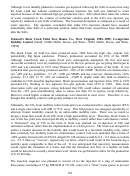 185
185 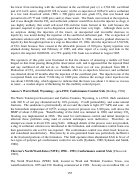 186
186  187
187  188
188 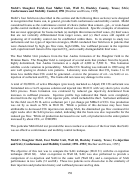 189
189 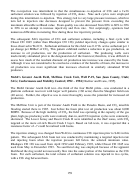 190
190  191
191 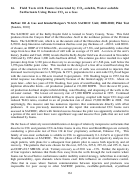 192
192 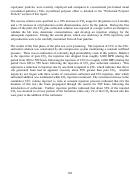 193
193  194
194  195
195  196
196  197
197  198
198 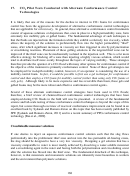 199
199 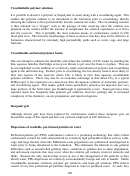 200
200  201
201 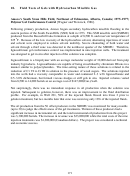 202
202 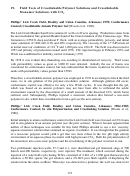 203
203  204
204 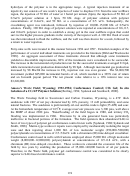 205
205 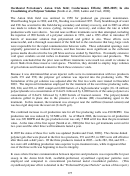 206
206 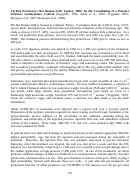 207
207 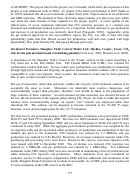 208
208  209
209 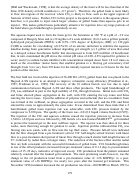 210
210 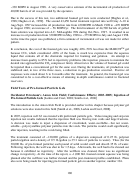 211
211 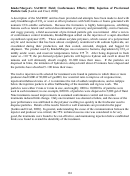 212
212 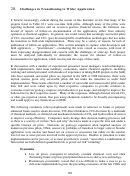 213
213 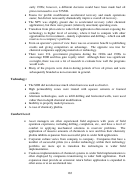 214
214 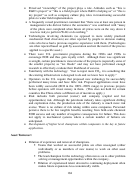 215
215  216
216 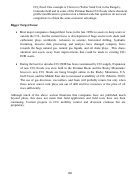 217
217 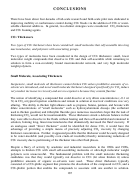 218
218  219
219 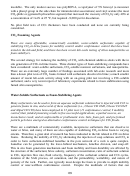 220
220 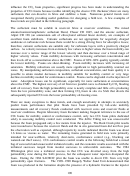 221
221  222
222 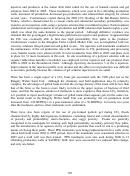 223
223 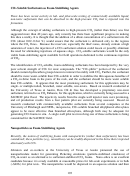 224
224 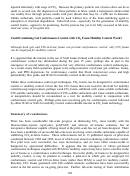 225
225  226
226 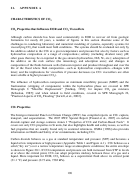 227
227 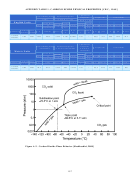 228
228 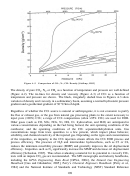 229
229 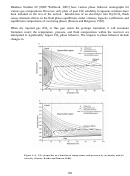 230
230  231
231 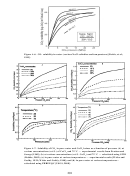 232
232 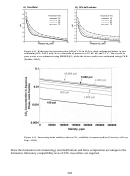 233
233  234
234 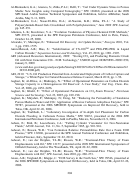 235
235  236
236  237
237  238
238  239
239  240
240 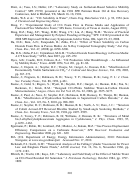 241
241 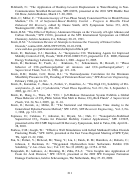 242
242 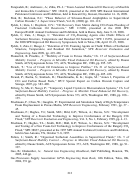 243
243 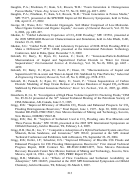 244
244  245
245  246
246  247
247  248
248  249
249 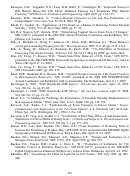 250
250 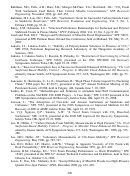 251
251  252
252  253
253 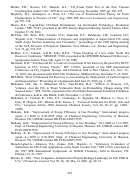 254
254 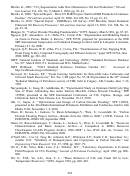 255
255 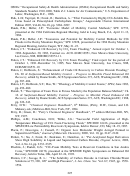 256
256  257
257 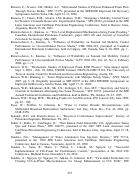 258
258 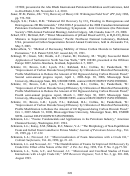 259
259 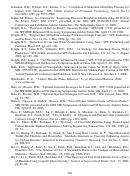 260
260 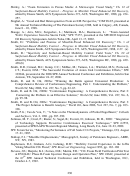 261
261 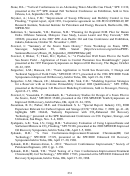 262
262 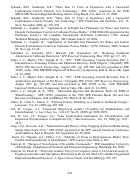 263
263 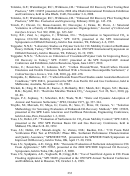 264
264 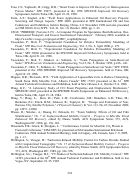 265
265 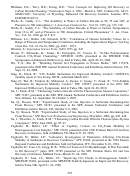 266
266  267
267 Turkish Petroleum’s Bat Raman field; Turkey; 2002; In situ Crosslinking of a Polymer
Solution; Conformance Control [Topguder, 1999; Sahin et al., 2007; Topguder, 2010;
Karaoguz et al., 2007; Karaoguz et al., 2004].
The Bat Raman field is located in southeast Turkey. It produces from the 4,300 ft. deep, 210 ft.
(gross) thick, heterogeneous, fractured Garzan Limestone formation of the Cretaceous age. The
o
crude is a heavy (10–15
API), viscous (450–1,000 cP) oil that contains little solution gas. As a
result, oil production from primary recovery between 1961 and 1986 was quite low, only 2%
OOIP. The formation pressure declined during this period from 1,800 psia to values as low as
400 psia.
A cyclic CO
injection scheme was piloted in 1986 in a 1,200 acre portion of the formation.
2
CO
huff-n-puff was then investigated. In 1988 the CO
injection was converted to a CO
flood
2
2
2
and soon thereafter the entire field was CO
flooded. Although the matrix permeability was 10–
2
100 mD, effective permeability values obtained from well tests were in the 200–500 mD range,
which is indicative of the existence of fractures, vugs, and connecting cracks. The presence of
this secondary permeability, combined with fingering due to the very unfavorable mobility ratio
and gravity segregation caused by the density difference between CO
and the oil, led to early
2
gas breakthrough and poor sweep efficiency.
+3
Laboratory tests indicated that polyacrylamide-based gels that would crosslink in situ via Cr
acetate could provide effective conformance control. For near wellbore treatments, a solution of
+3
3wt% Allied Chemical relatively low molecular weight Alcoflood 254S and 1.46% Cr
acetate
was tested, while large volume, deep penetration formulations were based on 1wt% of a
+3
moderately high molecular weight Alcoflood 935 and 0.1wt% Cr
acetate [Topguder, 1997].
Given the extensive vuggy and fractured zones, a decision was then made to use the latter
formulation.
About 10,000 bbl. of treatments were injected into a typical well over a two-day period.
Preparation of the polymer solution required low shear mixing and fresh water hydration of the
polyacrylamide, precise addition of the crosslinker at the wellhead, sampling during the
operation, and monitoring of the injection pressure, injection flow rate, and cumulative injected
volume of the solution. Three wells—BR-109, 116, and 124—were treated in July 2002, with
four more planned for 2004.
In general, there was little initial change in injection pressure as the solution apparently filled the
highest permeability vugs, but then the injection pressure increased during the remainder of
treatment. Therefore, the injection flow rate was gradually decreased to prevent formation
fracturing. After the treatment was injected, the well was shut in for a week, and then the CO
2
injection was incrementally ramped up to 1,200 psia over a month to prevent gel damage due to
the sudden application of high-pressure (1,200 psia) CO
. In one of the treatments, an offset
2
producer exhibited changes in fluid level indicative of communication with the injector, but after
gelation the communication was lost. This provided direct evidence of the gel’s ability to plug a
high permeability fracture path between these two wells. A year after the gel treatments, oil
production from the 19 offset producers was 720 BOPD, a 12% increase over the pre-gel value
176
ADVERTISEMENT
0 votes
Related Articles
Related forms
Related Categories
Parent category: Legal









